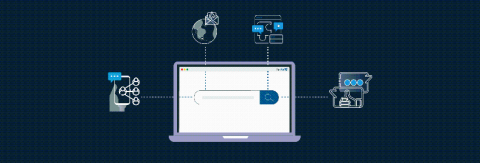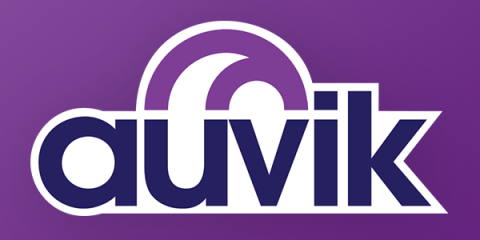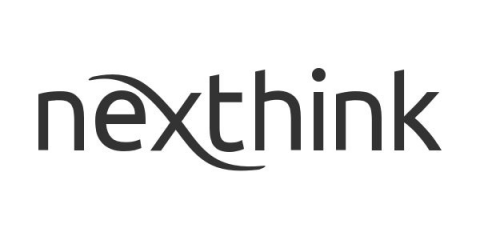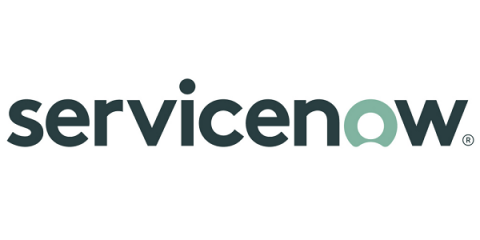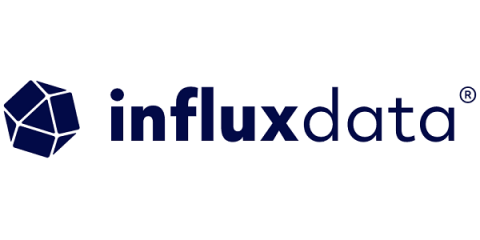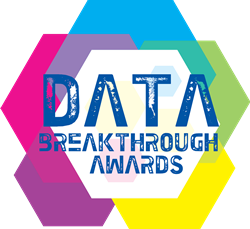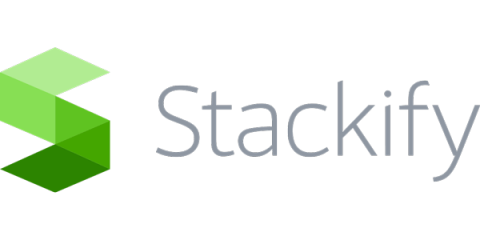New OpsRamp Customer Support Portal and Feature Request Process
Customer-centricity is what many companies want to deliver, but what does that actually mean? For an enterprise software company like OpsRamp, it's about user experience and a comprehensive, feature-rich platform that delivers on their needs today and down the road. What new features or enhancements make our customers more productive and successful on the job, using our product? How can the platform work better for our customers and partners?


